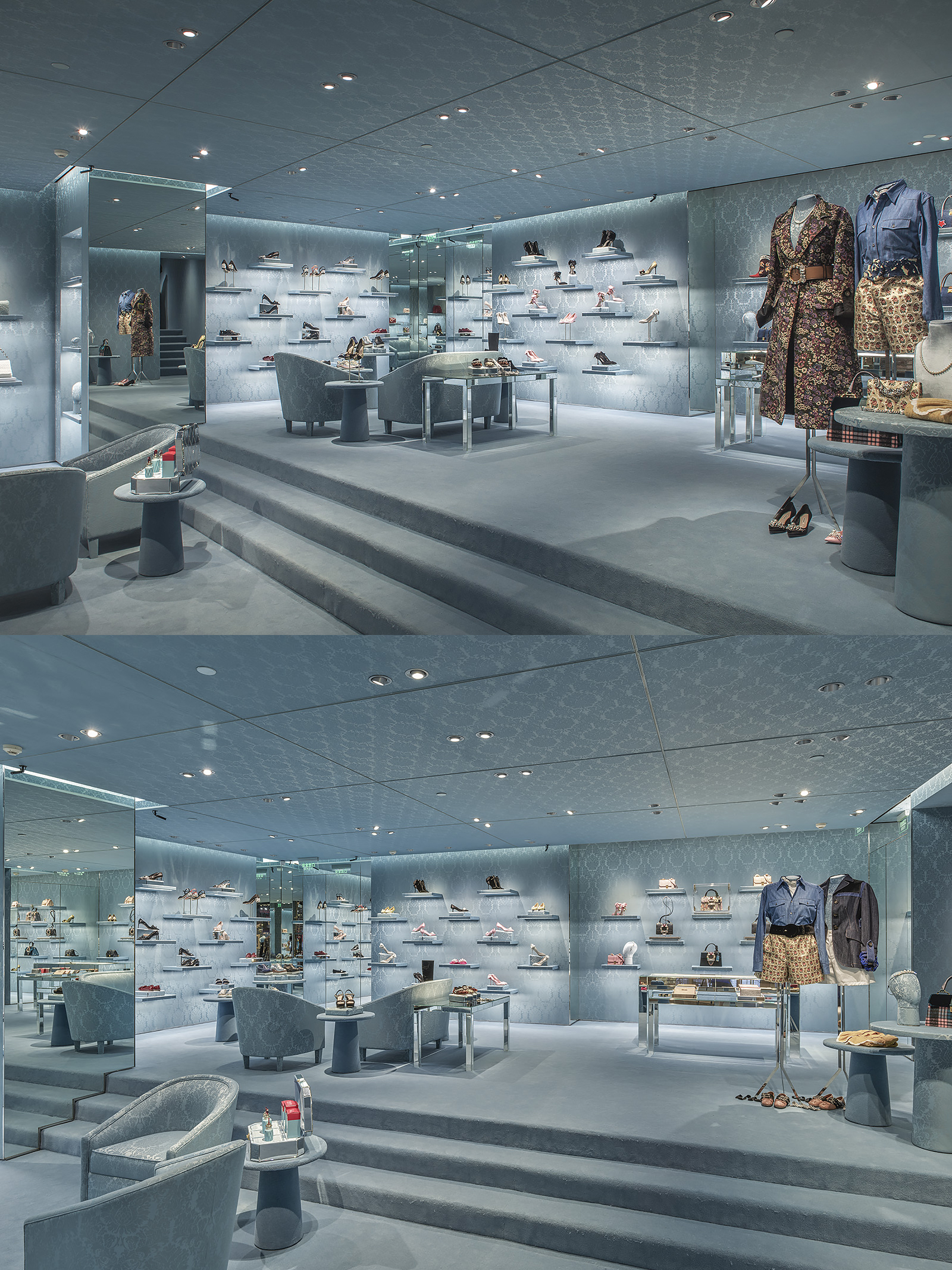beano_z
Active member
Okay, wanted to chip in on this thread as I've been through many of the same questions myself in the past two years or so.
First of all, from my experience printing and posting photographs, CCD long exposures are just fine if you handle them right and use the right gear. I used a P45+ before with satisfying results (read: got much better results than anything I've ever gotten on a 135 camera) and I remember seeing tests showing the IQ260 to be much better in regards of noise and colour.
Secondly, the difference between a shot form a DB + Tech cam + Rodenstock / Schneider lens is so prominent that almost everyone can see a difference, without even having to "pixel peep", I've experienced this from talking to clients, colleagues, friends and print shop owners, no competition here, they're just not in the same league. After you've looked at those tech cam lenses and go back look at a Canon lens you'll just wonder how it was possible that that piece of plastic would have ever made a sharp image. Let's not even start about dynamic range, colour and the flexibility in PP.
Anyway, before I shut up, I'll post a comparison of two shots under similar conditions, one was made with the Rodenstock HR Alpagon on the IQ3 100MP back and the other on the Canon TS-E 24 I and 5D mark II, maybe the compression makes the differences less obvious, but at the time both the client and my colleagues strongly prefer the DB image over the other. Note that I've tried my personal best to make both images look as close as possible.

First of all, from my experience printing and posting photographs, CCD long exposures are just fine if you handle them right and use the right gear. I used a P45+ before with satisfying results (read: got much better results than anything I've ever gotten on a 135 camera) and I remember seeing tests showing the IQ260 to be much better in regards of noise and colour.
Secondly, the difference between a shot form a DB + Tech cam + Rodenstock / Schneider lens is so prominent that almost everyone can see a difference, without even having to "pixel peep", I've experienced this from talking to clients, colleagues, friends and print shop owners, no competition here, they're just not in the same league. After you've looked at those tech cam lenses and go back look at a Canon lens you'll just wonder how it was possible that that piece of plastic would have ever made a sharp image. Let's not even start about dynamic range, colour and the flexibility in PP.
Anyway, before I shut up, I'll post a comparison of two shots under similar conditions, one was made with the Rodenstock HR Alpagon on the IQ3 100MP back and the other on the Canon TS-E 24 I and 5D mark II, maybe the compression makes the differences less obvious, but at the time both the client and my colleagues strongly prefer the DB image over the other. Note that I've tried my personal best to make both images look as close as possible.

